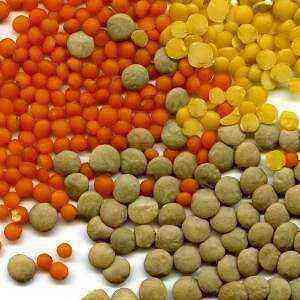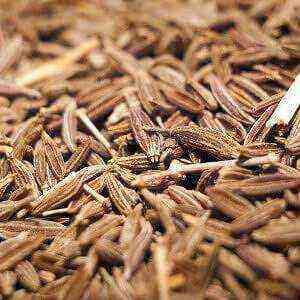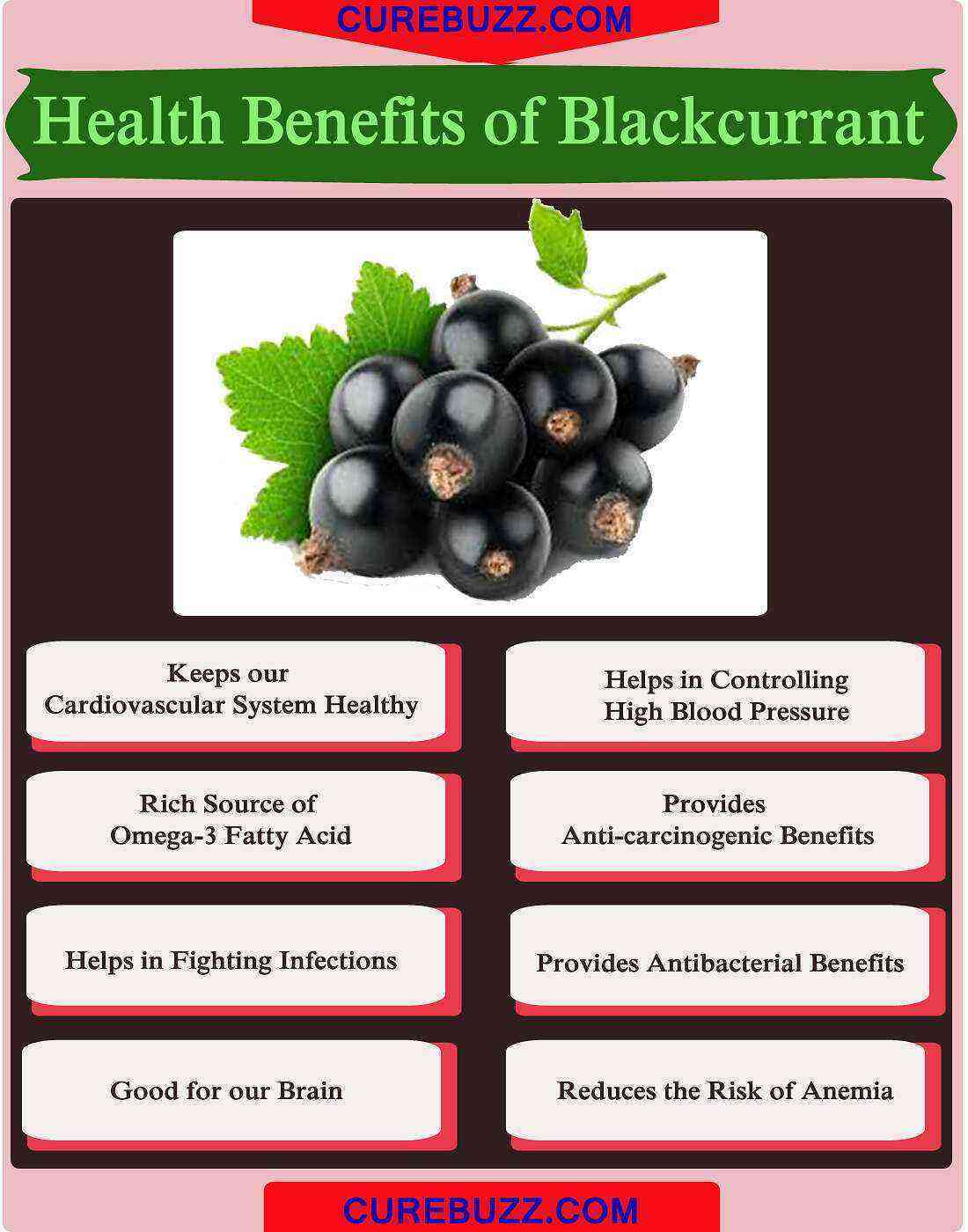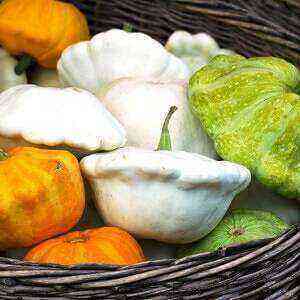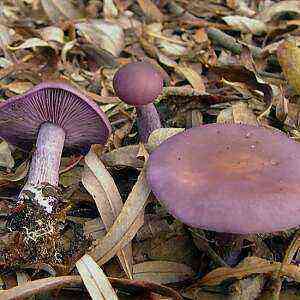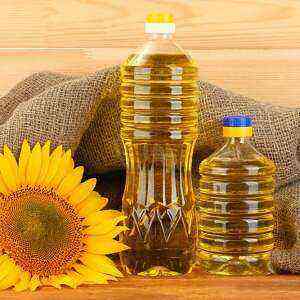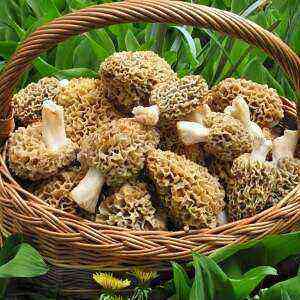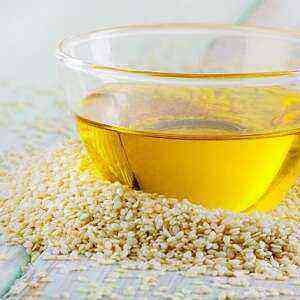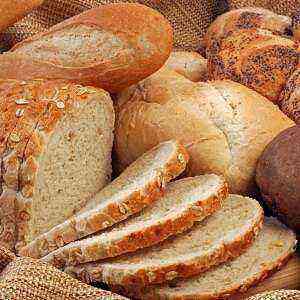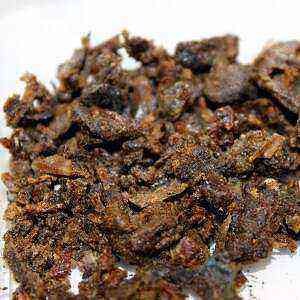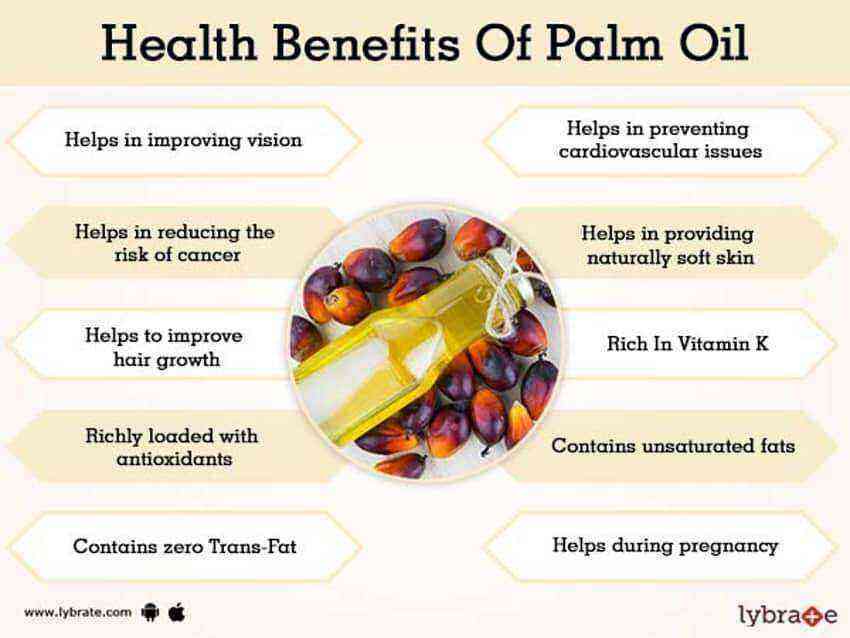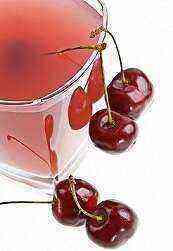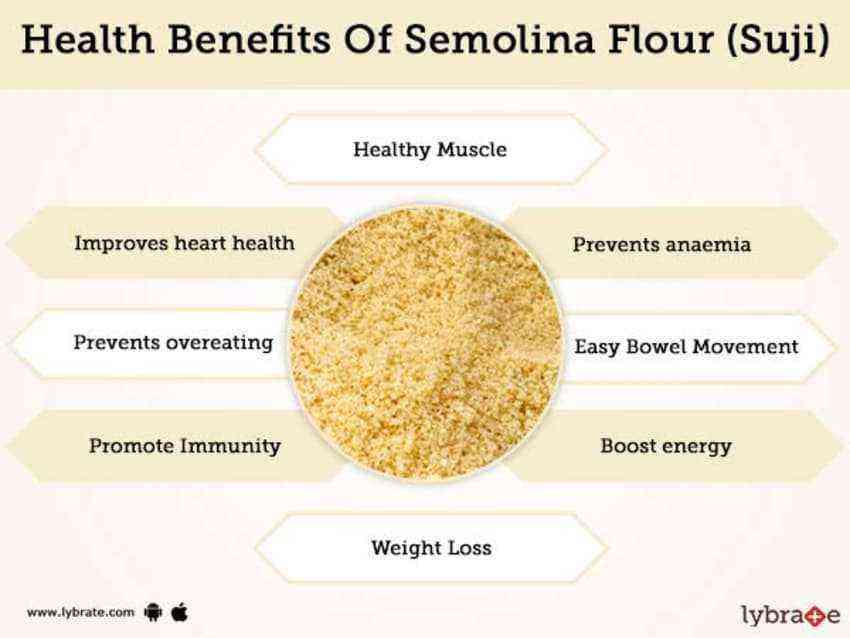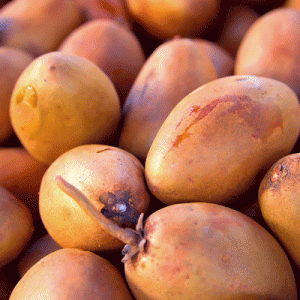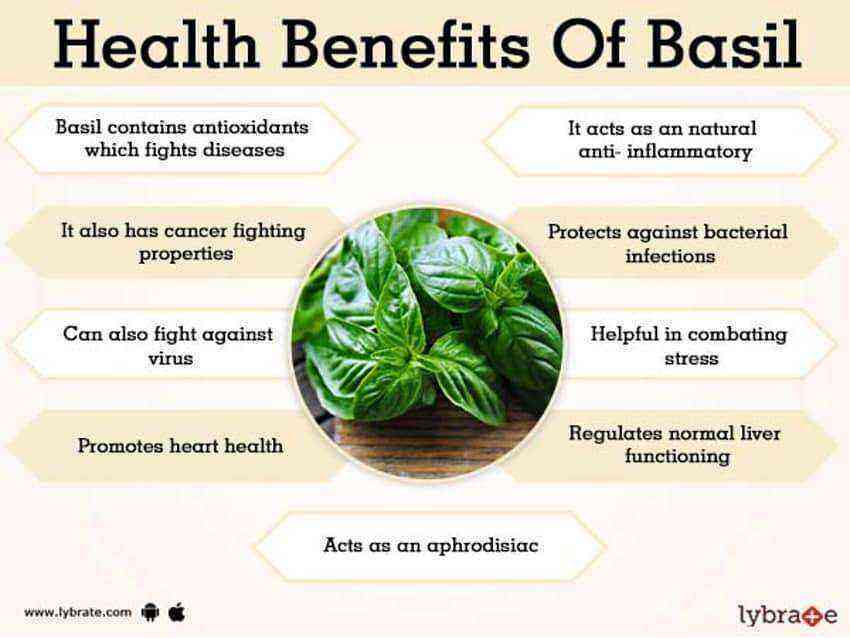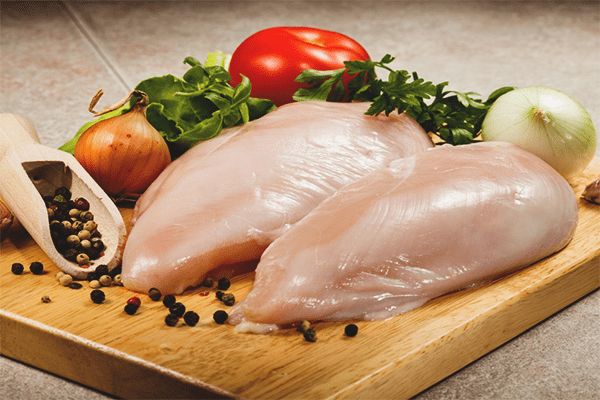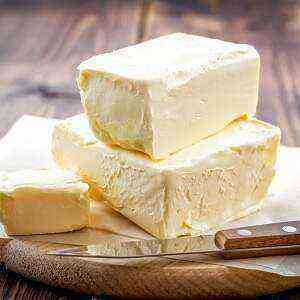
A bit of history
In fact, the name “margarine” is rooted deep in history. In the early 50th century, French chemist Michel Eugene Chevreul invented margaric acid. And he gave his product its name from the ancient Greek word “pearl”. Perhaps because the resulting substance had a pearlescent luster, similar to the luster of a pearl. Be that as it may, subsequently, after XNUMX years, the French emperor Napoleon III appoints a reward to the one who comes up with a high-quality, but cheaper analogue of butter, which at that time in France was available only to the aristocratic strata of the population.
The competition was won by another native of France – chemist Hippolyte Meger-Mourier, who proposed to hydrogenate vegetable oil by removing the liquid phase under pressure. After cooling, the product crystallized and made a good replacement for the oil. He named the resulting product – oleomargarine. Subsequently, the word was reduced to the familiar to us – “margarine”, sometimes by the way it is also called “oleo”. Nowadays, it is customary to call any product – a butter substitute – called margarine.
During the First World War, its consumption increased significantly, especially in countries that were located dangerously close to the front line. The lack of dairy products, due to the inability to import them due to the fighting, has increased the popularity of this cheaper analogue. Even in the United States, where a fierce campaign to discredit him had been carried out before. During the Great Depression, dairy products took over again, and the distribution of margarine was again banned. But the Second World War, again returned everything to its place. However, some states still have laws prohibiting the sale of margarine packaged in packages weighing more than half a kilogram. And the EU directives say that this product should not be called oil, even if it is its main component.
Composition and production
Margarine is a fat created on the basis of vegetable oils and natural fats of animal origin with the addition of various components. In its production, two types of raw materials are used: main and auxiliary. The main raw material is the fatty base of margarine. These can be both solid fats and vegetable oils. For them, such indicators as low melting point, spreadability, plasticity are very important. Salt, sugar, water, emulsifiers, flavors, various preservatives and vitamins are usually considered as auxiliary raw materials. This also includes milk and butter. All these elements form the so-called water-milk phase of margarine.

- acceptance of raw materials;
- preparation of raw materials;
- drawing up a recipe;
- tempering;
- mixing fat base, milk and additives;
- emulsification;
- cooling and crystallization;
- plastic processing and packaging.
When accepting raw materials, it is important to make sure of its quality and composition. During preparation, there is a mandatory refining of vegetable oils, mandatory pasteurization of milk. If butter is used in cooking, then it is first cleaned. Tempering is bringing all components of the mixture to a certain temperature. During emulsification, liquids are distributed by constant stirring. In the process of cooling and crystallization of the product, the margarine is transformed into the one we are used to seeing on store shelves.
There are several standardized types of margarine:
- Hard margarine (MT). It is mainly used in the food industry.
- Margarine for lamination (MTS). With the help of it, products are made from puff pastry.
- Margarine for creams and various confectionery (MTK).
- Soft margarine (MM). It is convenient to spread such a product on bread, and in principle to use it as food.
- Liquid margarine (MZhK, MZhP). It is used for deep fat frying and in the production of bread.
In addition to the aforementioned vegetable and animal fats, it also contains a number of vitamins (A and E) and trace elements such as magnesium, phosphorus, iron, calcium and others. It should also be mentioned here that it also contains a decent proportion of trans fats formed during its production.
The calorie content of the finished product is slightly less than butter and amounts to 745 kcal per 100 grams of product.
Any store today can boast of a wide range of margarine. It is found on the shelves in both solid and liquid, pasty form. You can often see the spread there, but it is not a real margarine. Basically, a spread is just an oil mixture.
Useful Properties
Margarine contains saturated and unsaturated fatty acids, minerals and vitamins that are necessary for the normal functioning of the body.

Harm and dangerous properties of margarine
The content of dangerous and harmful trans fats in margarine, which are obtained during the hydrogenation process, is most harmful when using the product. Consuming them can lead to problems of the cardiovascular system and even to an increase in mortality. The World Health Organization recommends refraining from eating them.
Margarine is a very high-calorie product, and therefore its use can lead to obesity. It is especially dangerous for children, since it is included in their so favorite chocolate, pastries and ice cream.
Large consumption of this cheaper analogue of oil can lead to dire consequences. The human digestive system can hardly process the artificial components that make up it. That is why its regular use in food can cause:
- metabolic disease;
- low immunity;
- excess weight;
- diabetes;
- oncological diseases;
- male infertility.
Also, trans fats are contraindicated for breastfeeding, as they can impair the quality of milk. And during pregnancy, because it can lead to a lack of weight in babies born at term.
Recently, more and more people say that European margarines do not contain these dangerous ingredients, since the technology of their production is significantly different from ours. But at the same time, the price, which is so attractive in a domestic product, also differs, only upward and noticeably approaches the price of butter. Under such conditions, it is better to opt for a natural product than on a more expensive, albeit high-quality, analogue. In addition, the artificial ingredients that make up margarine can cause allergic reactions.
Selection rules and storage conditions
When choosing a quality product, you need to pay attention to several factors. One of them is the price. Trying to save money is easy to hurt yourself. The cheapest types of margarine can be made from products that are far from healthy for the body. Study the packaging of the product carefully. It is desirable that dyes and flavors are not included in its composition.
Choose a product preferably in food grade aluminum foil packaging. It is better preserved in it. The color of the margarine should be uniform and free from stains and smudges. You need to store the product in the refrigerator for no more than 3 months. If its taste has acquired a sour metallic aftertaste, such a product is spoiled and it is time to get rid of it.
conclusions
As you can see, there is no question of any oil. Margarine is just a product created by mixing natural or modified vegetable oils and animal fats. It was created precisely to replace butter, which was expensive at that time, and successfully fulfilled its function. This substitute, which has many disadvantages due to its constituent hydrogenated fats, is nevertheless widely used in the food industry. It is especially popular in the confectionery industry. But, it is worth noting that if quality products are used in the production of margarine, then the harm from its use is noticeably reduced.
If we approach the issue of choosing artificial oil from the point of view of minimal harmfulness, then it is worth taking a closer look at more expensive types of product, studying its composition. Expensive European counterparts contain very little or no substances hazardous to health.
Do not abuse margarine for children, nursing mothers and pregnant women. Since there is a risk of allergies, due to the fact that this product is artificial, modified, and may contain preservatives and emulsifiers unnecessary for the body. But this limitation can be applied to other products undesirable for this category of consumers.
It should be noted that for all its disadvantages, margarine is a high-calorie product, and therefore is a good source of energy and vivacity. It is rich in unsaturated acids, vitamins and minerals that are beneficial for the healthy functioning of the body. In fact, if you use it in moderate doses, and try to use a higher quality product, then it will not bring harm to your health. He is not as terrible as they say about him. Or they want to think so.
